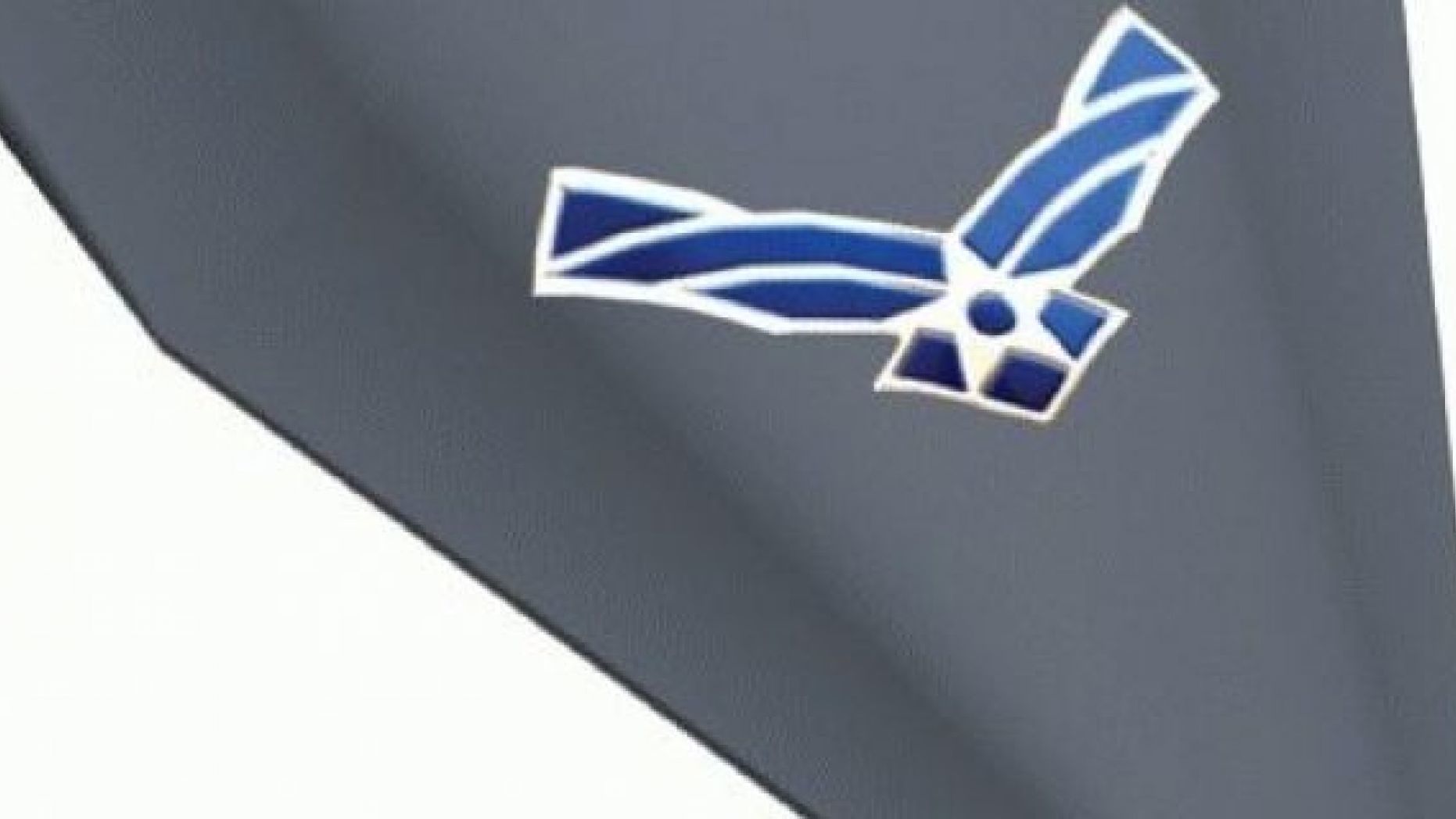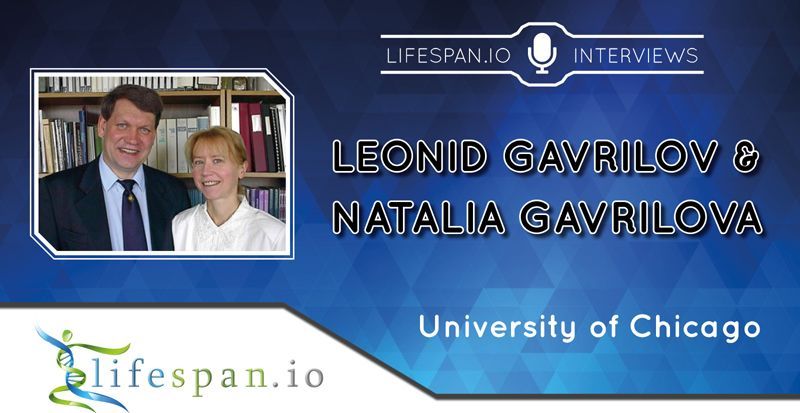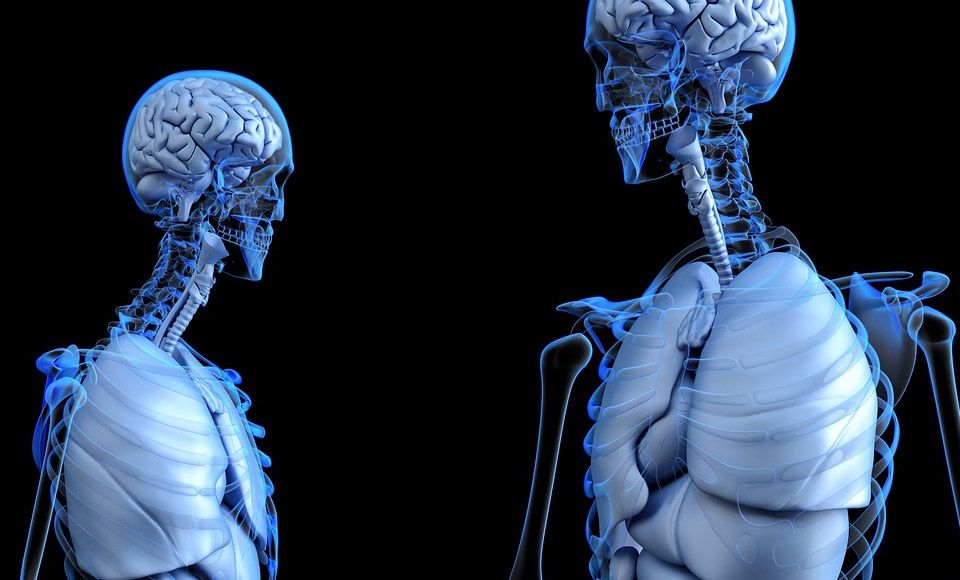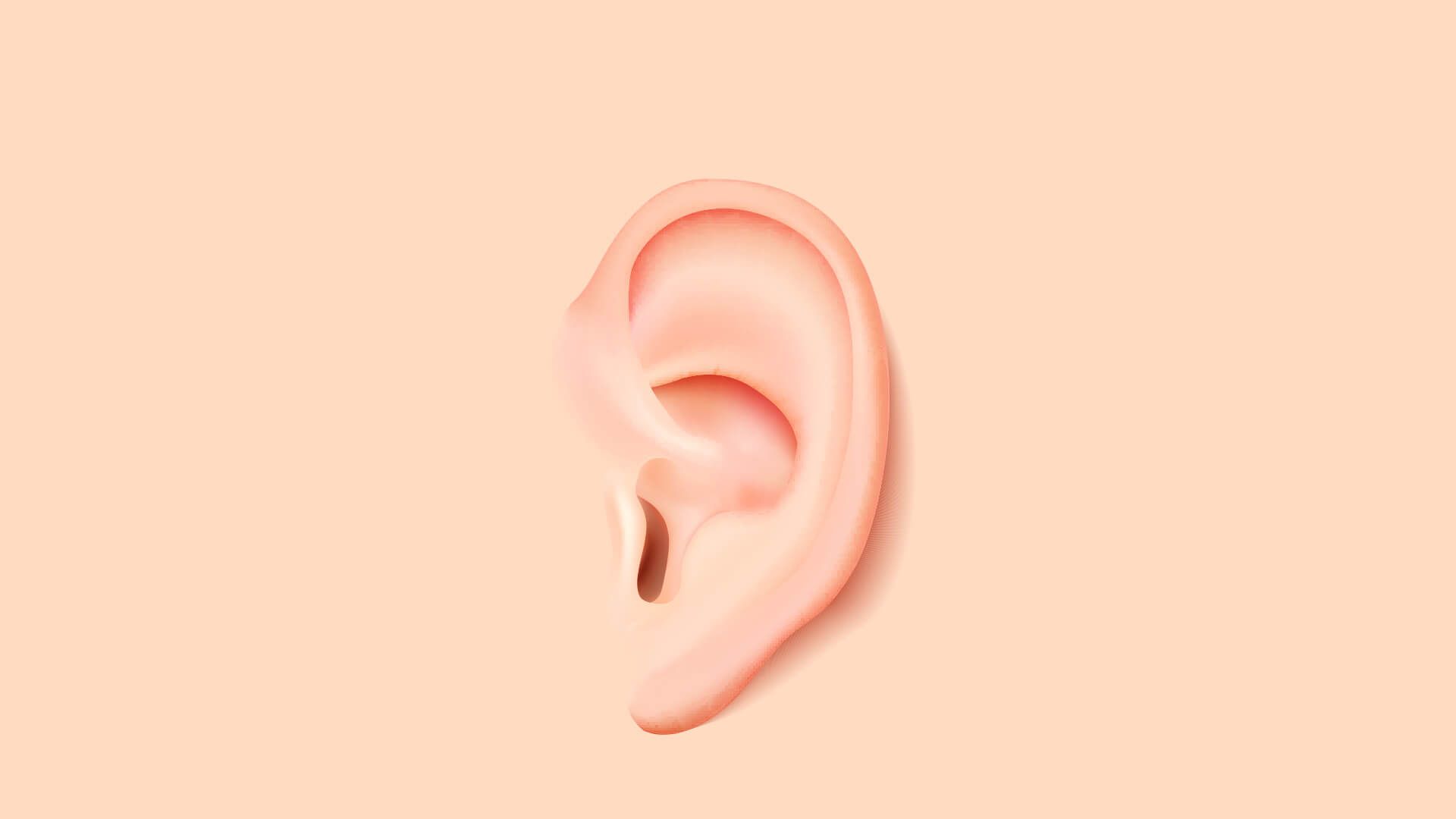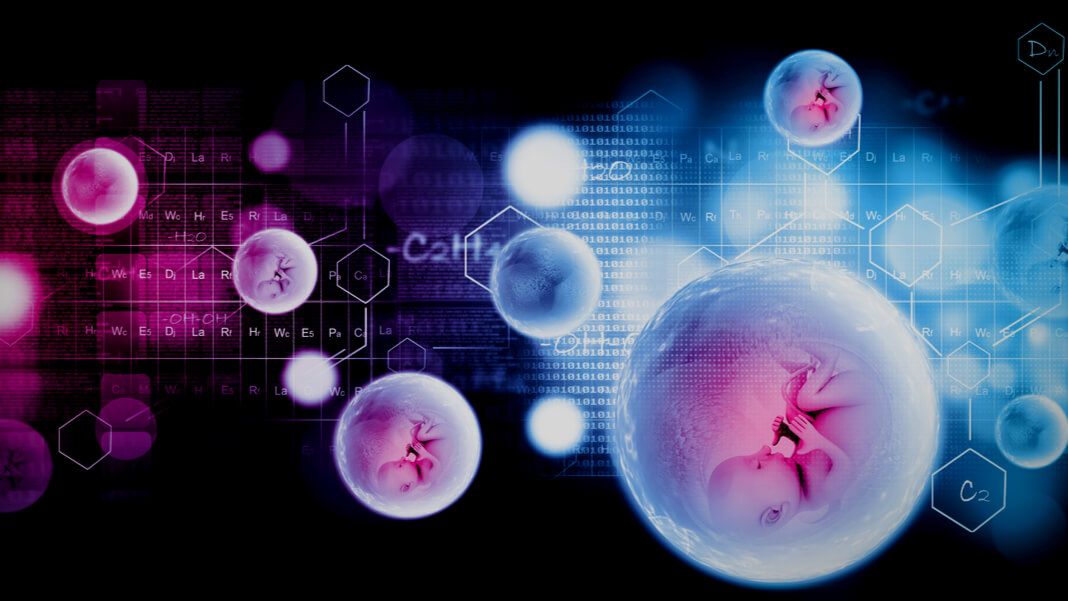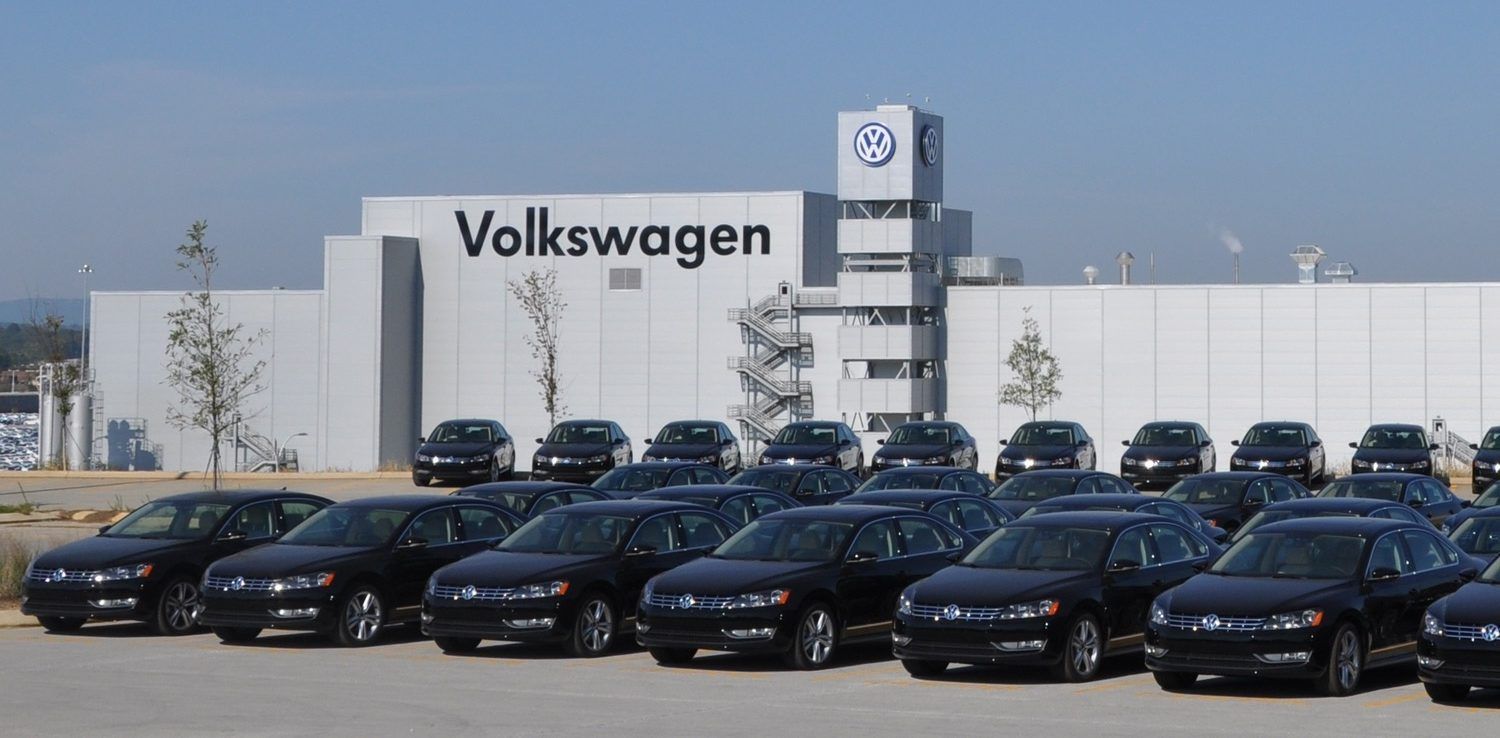NVIDIA’s playing a bigger role in high performance computing than ever, just as supercomputing itself has become central to meeting the biggest challenges of our time.
Speaking just hours ahead of the start of the annual SC18 supercomputing conference in Dallas, NVIDIA CEO Jensen Huang told 700 researchers, lab directors and execs about forces that are driving the company to push both into “scale-up” computing — focused on large supercomputing systems — as well as “scale-out” efforts, for researchers, data scientists and developers to harness the power of however many GPUs they need.
“The HPC industry is fundamentally changing,” Huang told the crowd. “It started out in scientific computing, and the architecture was largely scale up. Its purpose in life was to simulate from first principles the laws of physics. In the future, we will continue to do that, but we have a new tool — this tool is called machine learning.”
